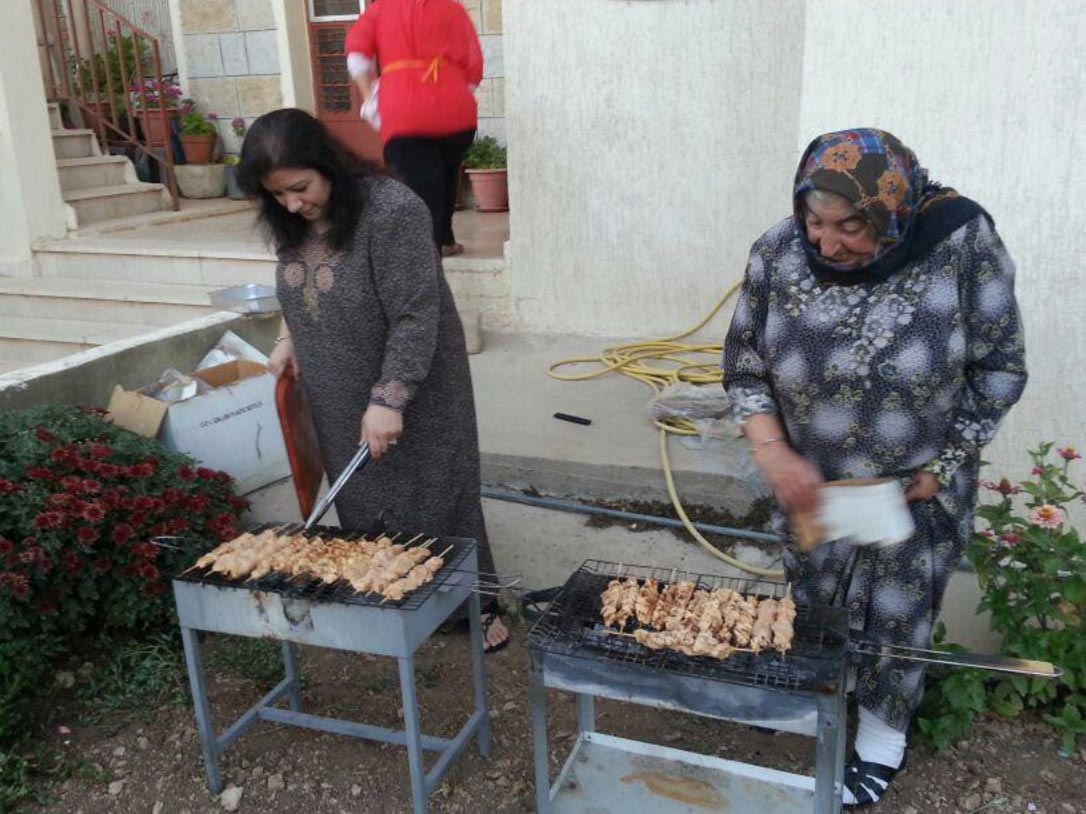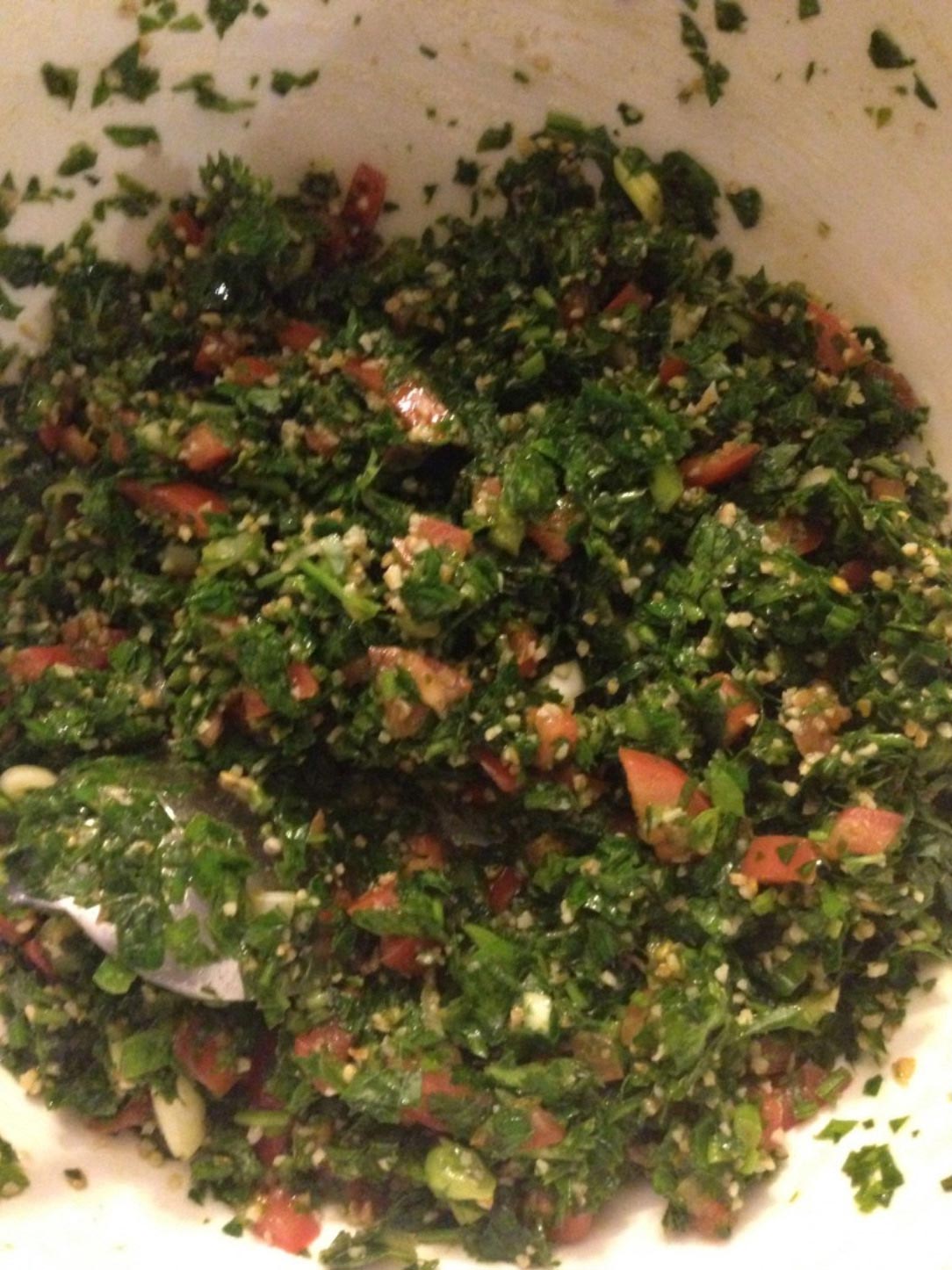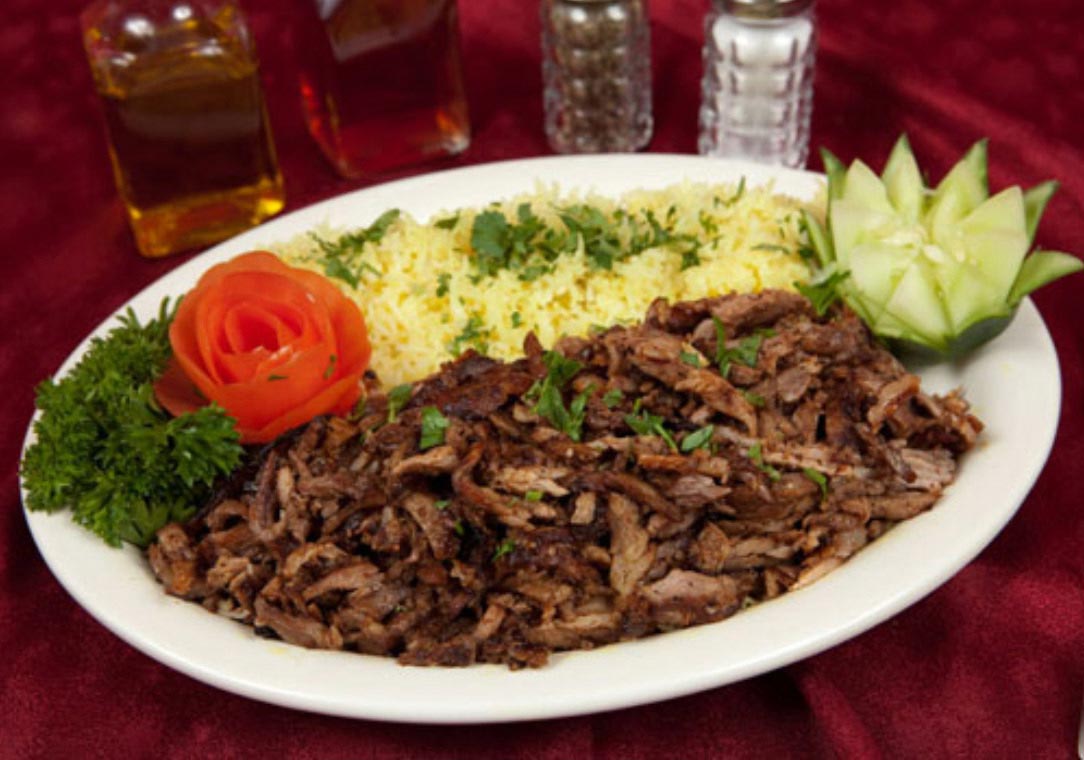Customer Reviews
9 Surprising Benefits of Tahini

1. Highly nutritious
Summary
2. Rich in antioxidants
Summary
3. May decrease your risk of certain diseases
Summary
4. May have antibacterial properties
Summary
5. Contains anti-inflammatory compounds
Summary
6. May strengthen your central nervous system
Summary
7. May offer anticancer effects
Summary
8. Helps protect liver and kidney function
Summary
9. Easy to add to your diet
How to make tahini
Ingredients Making tahini is simple. You only need the following ingredients: • 2 cups (284 grams) of hulled sesame seeds • 1–2 tablespoons of a mild-tasting oil, such as avocado or olive oil Directions • In a large, dry saucepan, toast the sesame seeds over medium heat until they are golden and fragrant. Remove from heat and let cool. • In a food processor, grind the sesame seeds. Slowly drizzle in oil until the paste reaches the consistency you desire. Recommendations vary for how long you can keep fresh tahini, but most websites claim it can be safely stored in the refrigerator for up to a month. The natural oils in it may separate during storage, but this can be easily fixed by stirring the tahini before using it. Raw tahini is also an option. To make it, omit the first step of the recipe. However, some research indicates that toasting sesame seeds increases their nutritional benefits.Summary
The bottom line
Tahini is a tasty way to add powerful antioxidants and healthy fats to your diet, as well as several vitamins and minerals. It has antioxidant and anti-inflammatory properties, and its health benefits may include reducing risk factors for heart disease and protecting brain health. It’s also very easy to make at home using only two ingredients. Overall, tahini is a simple, healthy, and flavorful addition to your diet.What is the Mediterranean Diet?

A Mediterranean-style diet typically includes:
• plenty of fruits, vegetables, bread and other grains, potatoes, beans, nuts and seeds;
• olive oil as a primary fat source; and
• dairy products, eggs, fish and poultry in low to moderate amounts.
Fish and poultry are more common than red meat in this diet. It also centers on minimally processed, plant-based foods. Wine may be consumed in low to moderate amounts, usually with meals. Fruit is a common dessert instead of sweets.
Is the Mediterranean Diet a Healthy Way to Eat?
Year after year, the Mediterranean diet comes out on top in the U.S. News and World Report annual ranking of best diets. A panel of experts judges various eating plans and popular diets on criteria including how healthy they are, how well they work and how easy they are to follow.
The Mediterranean diet is also touted as one of the healthiest by many health organizations and dietitians. So, does it live up to its good reputation?
Does the AHA recommend a Mediterranean-style diet?
Yes. A Mediterranean-style diet can help you achieve the American Heart Association’s recommendations for a healthy dietary pattern that:
• emphasizes vegetables, fruits, whole grains, beans and legumes;
• includes low-fat or fat-free dairy products, fish, poultry, non-tropical vegetable oils and nuts; and
• limits added sugars, sugary beverages, sodium, highly processed foods, refined carbohydrates, saturated fats, and fatty or processed meats.
This style of eating can play a big role in preventing heart disease and stroke and reducing risk factors such as obesity, diabetes, high cholesterol and high blood pressure. There is some evidence that a Mediterranean diet rich in virgin olive oil may help the body remove excess cholesterol from arteries and keep blood vessels open.
What about other popular diets?
You may have heard about popular diets like paleo, ketogenic (or keto), Atkins, interval, zone and Whole30. Keep in mind, not all trendy diets meet the AHA’s science-based criteria for a healthy eating pattern. Some show dramatic but short-term results and are not heart-healthy.
DASH, or Dietary Approaches to Stop Hypertension, is another eating plan that aligns with AHA recommendations and has been proven to improve health. The DASH diet allows more dairy products and meat, while the Mediterranean diet includes regular use of olive oil.
A plant-based, vegetarian or vegan diet can also be a healthy way to eat.
The most important thing is to focus on the overall quality of your diet, rather than single nutrients or foods. Try to include more nutrient-dense foods such as vegetables, fruits, legumes and lean proteins. Limit foods that offer lots of calories but little nutritional value.
What are other benefits of a healthy diet?
What you eat affects many aspects of your overall health, including brain health. A healthy diet can improve your ability to think, remember and process information as you age.
In one study, the healthiest eaters at age 50 had a nearly 90% lower risk of dementia compared with those who had the least healthy diets. The Mediterranean and DASH diets have been proven to boost brain health as well as improve heart health.
12 Classic Lebanese Foods Everyone Needs to Try
As Barbara Masaad explains in this video for SO Beirut, food is in all aspects of a person’s life in Lebanon. This country is known as the melting pot of the Middle East because over the course of history many civilizations gathered here, bringing their own recipes and their own way of creating food.
The Lebanese people have gathered this culinary knowledge and used it in their cuisine. Because Lebanon is a melting pot, the countries that surround it have similar cuisines. Consequently, Israeli food and Greek food are noticeably similar to Lebanese cuisine.
I come from a huge family in Lebanon where food is the center of each gathering. Making food is an outlet for women to socialize and dining brings the whole family together, no matter what the occasion is.
Lebanese dishes are cooked with olive oil, a substance that has no saturated fat. It has proven to lower your risk of heart disease, cancer and strokes. Coincidentally, populations from the Middle Eastern region have longer life expectancies. Other popular ingredients used in Lebanese dishes include bulgur, garlic, parsley, and mint.
Below, we’ve narrowed down some our favorite Lebanese dishes and drinks.

1. Baba Ghanoush

2. Shish Taouk
Sandwiches are quite common in Lebanon, surprisingly. There’s a small pub in Beirut called The Orient Express that cooks up a pretty unique version of this classic dish. They call it “The Ranger.”

3. Kibbe Nayeh
Kibbe Nayeh is made from raw beef or lam blended with bulgur, pureed onion, and spices. It is recommended that if you are going to make this you grind the meat yourself in a food processor to avoid disease. Like most Lebanese dishes, it’s served with pita bread and fresh vegetables.

4. Manakeesh

5. Falafel

6. Tabbouleh

7. Fattoush

8. Shawarma

9. Kofta

10. Kunafeh

11. Baklava

12. Wine and Arak
Another thing that is produced here is arak, an alcoholic drink that is made from anise seed. Arak is extremely strong, at about 63% alcohol. It is also colorless.
It’s ironic that alcohol is one of Lebanon’s biggest exports because Lebanon is a Muslim country, and Muslims don’t drink. Pictured above are the beautiful vineyards of Cave Kouroum in Kefraya.
There are no reviews yet. Be the first one to write one.




